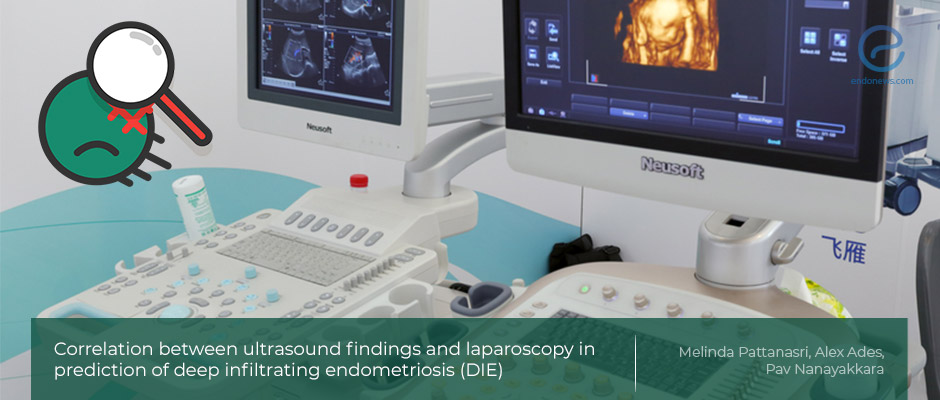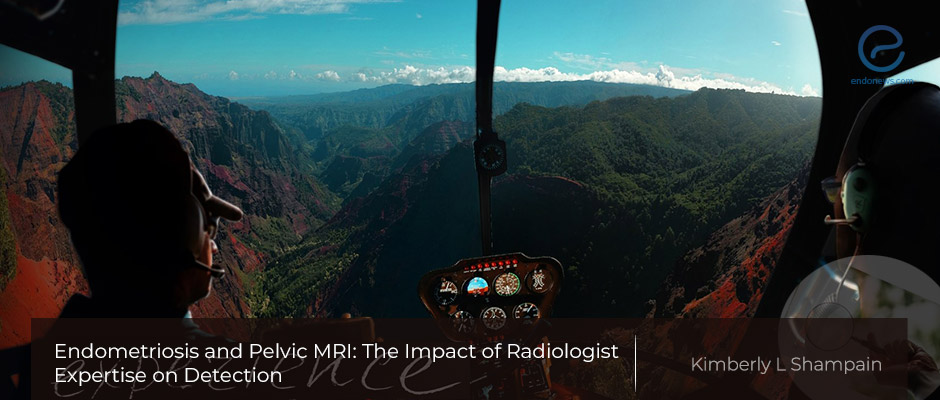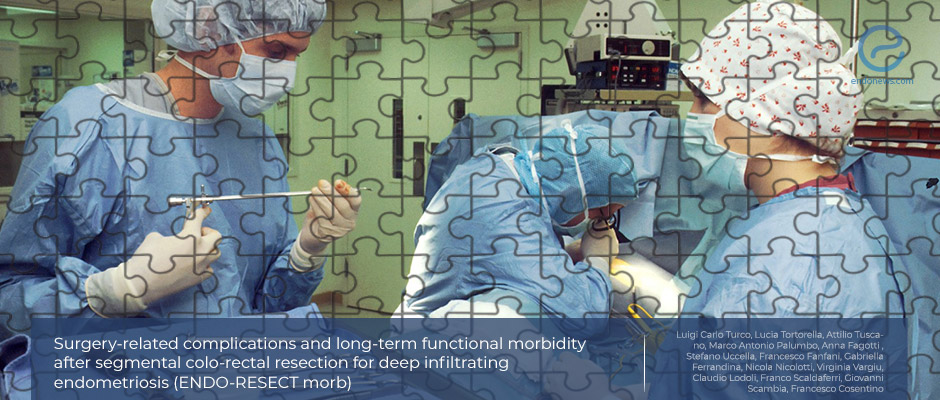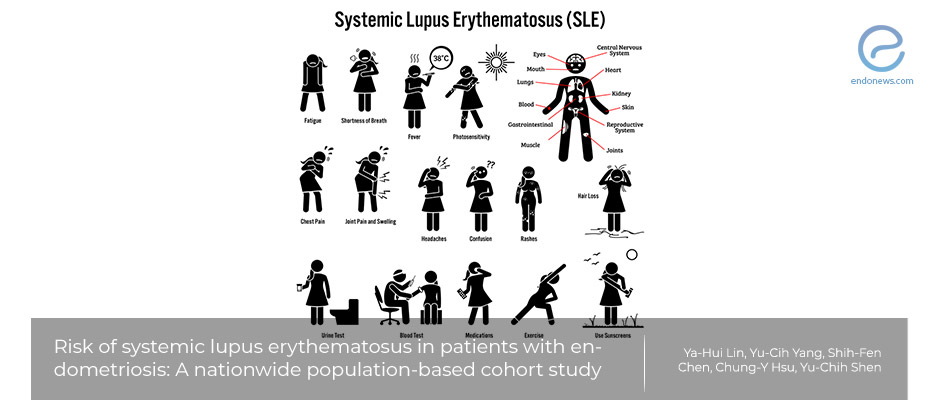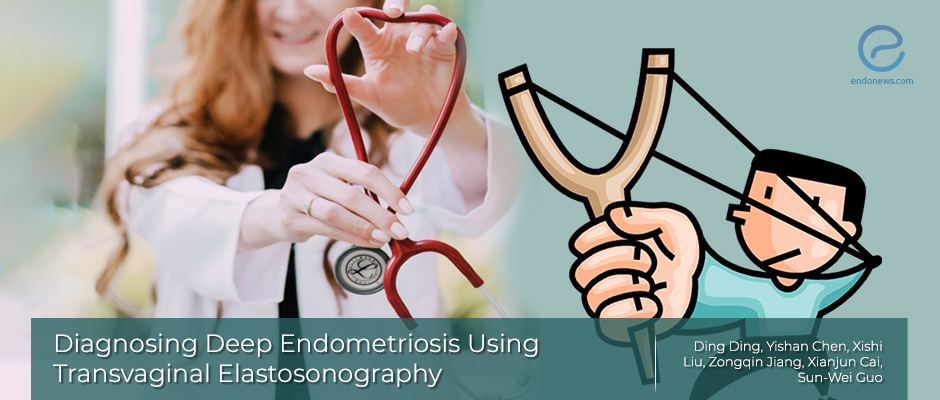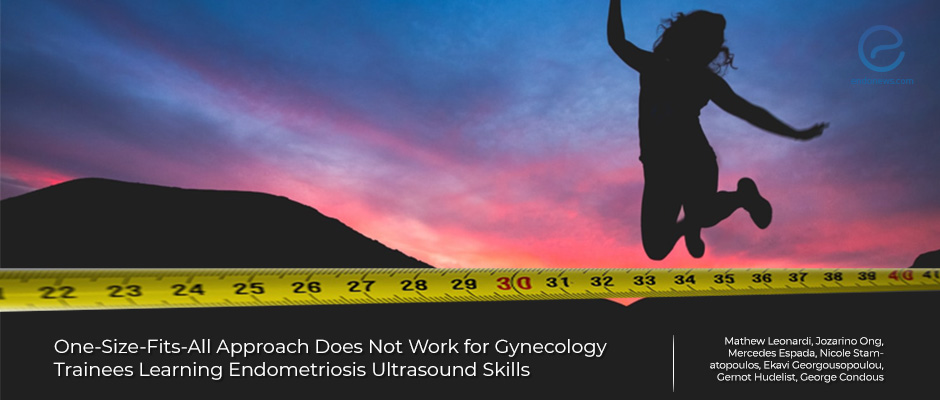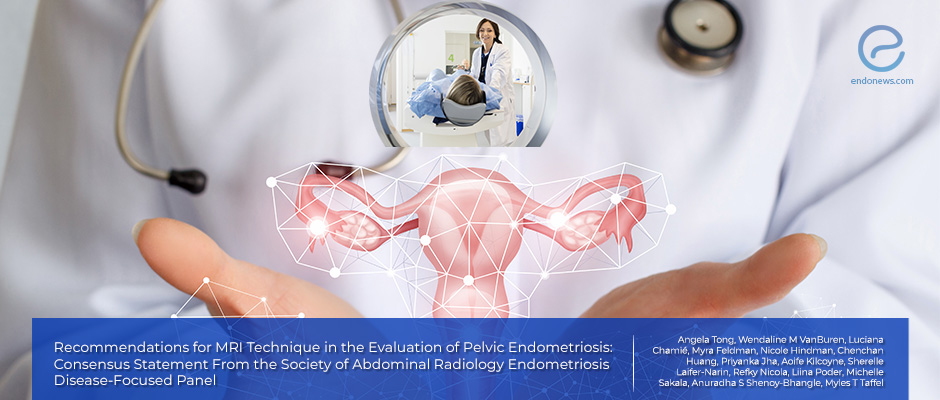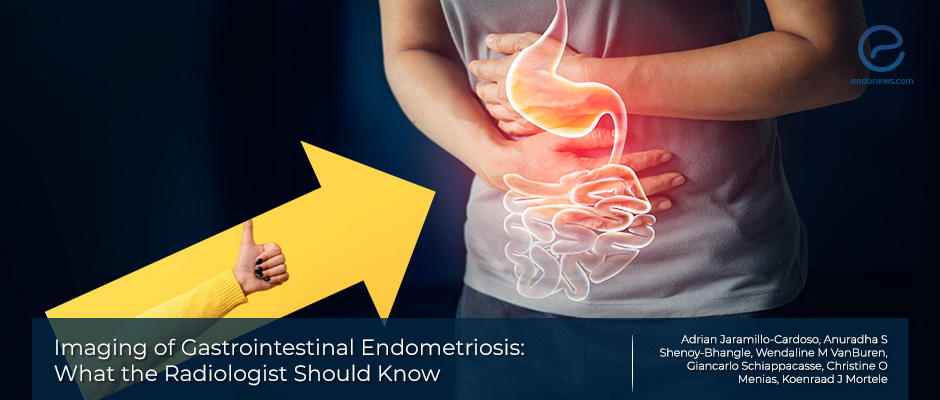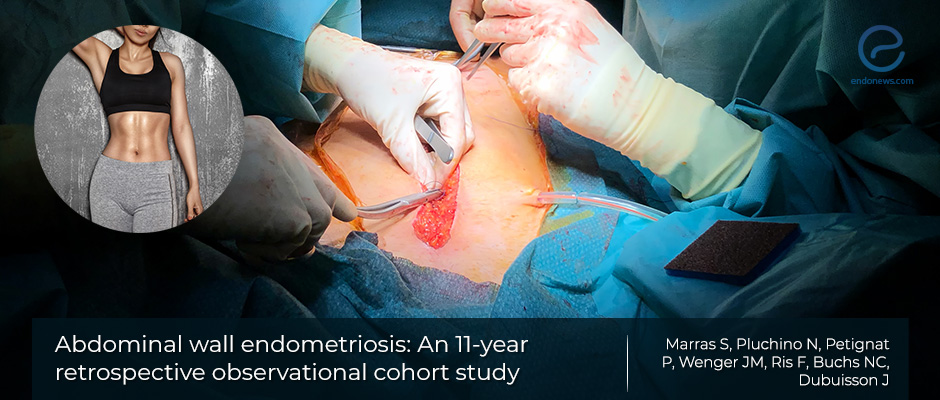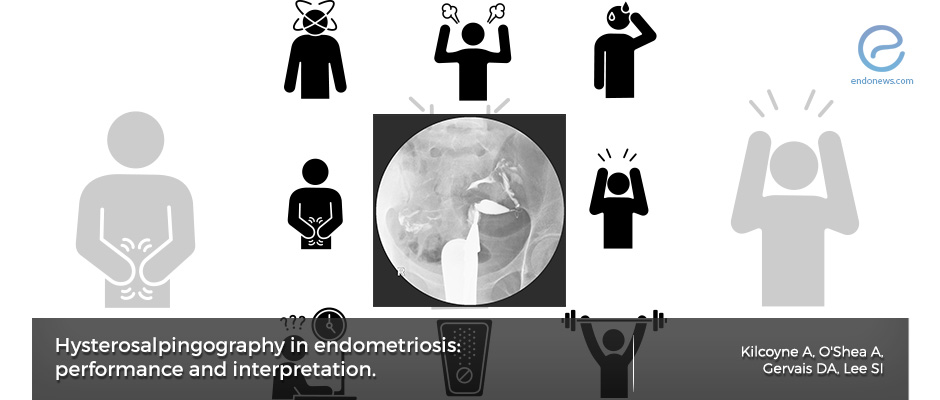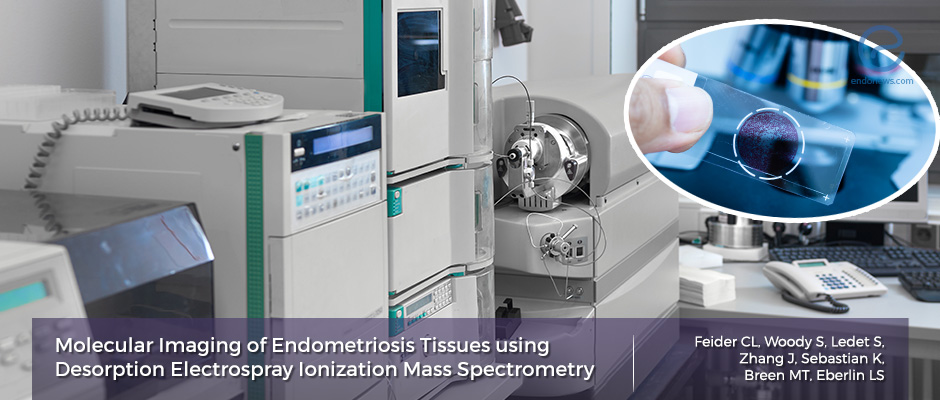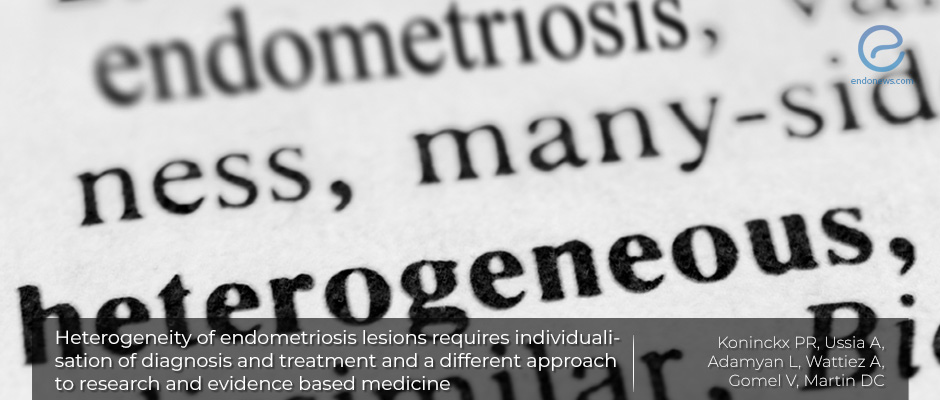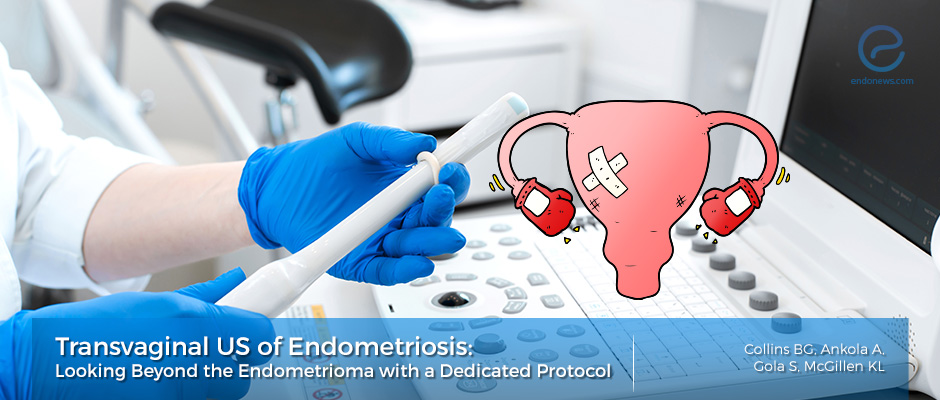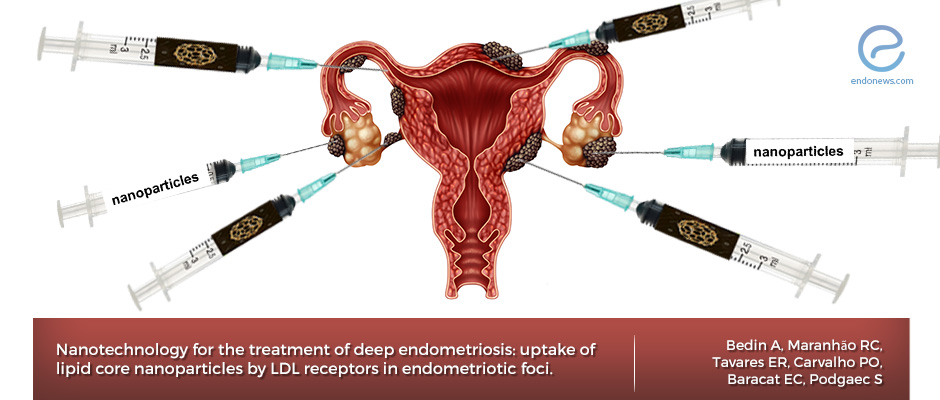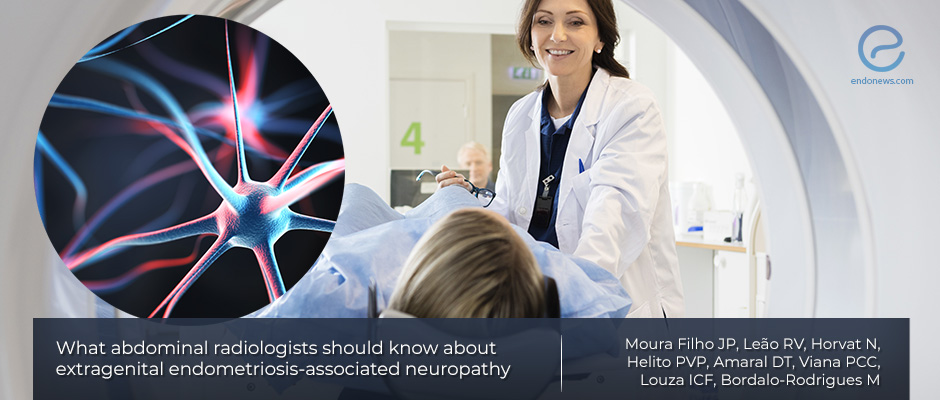 Murat Osman
Murat Osman
Senior Research Columnist: Murat Osman is a PGY-1 Interventional Radiology resident at Rush University Hospital in Chicago, IL. His interests include imaging techniques and findings used for endometriosis detection as well as interventional procedures for female and male reproductive health. His articles aim to cultivate his passion for medical science and human health through scientific writing and advocacy so that anyone can learn from newly released research literature.
Ultrasound for the Detection of Deep Infiltrating Endometriosis
Endometriosis is a disease that causes significant morbidity to women worldwide. Deep infiltrating endometriosis (DIE) is a term used to characterize endometriosis that has invaded deeper pelvic structures and is associated with significant inflammatory, fibrotic, and surgically complex disease. Depending on the structures involved, surgical management of DIE varies. Thus, evaluating and diagnosing DIE before symptom progression optimizes long-term prognosis. MRI and transvaginal ultrasonography (TVUS) are commonly used to achieve a further evaluation of cases where DIE is suspected. Often,…
Key Points Lay SummaryPelvic MRI, Endometriosis and Radiologist
Endometriosis is a condition whereby ectopic endometrial cells implant themselves onto other structures within the body. Depending on where these lesions are, their size, and if they cause symptoms, surgical intervention may be warranted. Although the gold standard for diagnosing endometriosis continues to be diagnostic laparoscopy with histologic confirmation via biopsy, the first-line imaging to assess whether patients have structural abnormalities in the pelvis is Ultrasound. Pelvic MRI is additionally used in cases where the complex endometriotic disease is suspected…
Key Points Lay SummaryColorectal Deep Endometriosis Resection and Potential Complications
A severe clinical form of endometriosis, deeply infiltrating endometriosis (DIE) is characterized by more aggressive endometriotic lesions commonly involving deeper pelvic or gastrointestinal organs. It causes significant quality of life impairment and morbidity and is increasingly associated with infertility. When DIE involves the colon, two surgical approaches are usually employed, depending on the lesions: Radical (segmental resection) and the more conservative or symptom-guided approach which preserves the rectum (shaving, full-thickness, or discoid excision). Segmental resection offers a higher chance of…
Key Points Lay SummaryIs there a commonality between endometriosis and systemic lupus?
Systemic lupus erythematosus (SLE) is an autoimmune disease that can affect many organs including the skin, joints, the central nervous system, and the kidneys. Women of childbearing age and certain racial groups are at increased risk to develop the condition. While single-gene complement deficiencies are strongly associated with SLE, inheritance is generally is polygenic. Genetic interactions with environmental factors, particularly UV light exposure, Epstein–Barr virus infection, and hormonal factors, might initiate the disease in those who are predisposed, resulting in…
Key Points Lay SummaryDiagnosing Deep Endometriosis Using Transvaginal Elastosonography
Deeply infiltrating endometriosis (DIE) is an advanced form of endometriosis that causes significant morbidity to a large number of women. Early detection of endometriosis is imperative for early treatment and improved outcomes for these patients. Currently, transvaginal ultrasound (TVUS) and magnetic resonance imaging (MRI) are two of the main imaging modalities used to diagnosis DIE. Due to its lower cost and ease of use, TVUS is usually the first-line imaging modality in the work-up of women with pelvic pain and suspected…
Key Points Lay SummaryEast/South East Asian Ethnicity and Moderate-to-Severe Endometriosis
Endometriosis is a chronic inflammatory disease that is defined by the presence of ectopic endometrial tissue outside of the uterus. Understanding how this disease affects diverse groups of people will aid doctors in assessing and diagnosing populations that are high-risk for advanced endometriosis. This article titled, “East/South East Asian Ethnicity and Moderate-to-Severe endometriosis” published in The Journal of Minimally Invasive Gynecology by Williams et al. from institutions in British Columbia and Alberta, Canada aims to investigate the ethnic differences for…
Key Points Lay SummaryUltrasound diagnosis of endometriosis: One Size Does-Not-Fit-All
Deeply infiltrating endometriosis (DIE) is an advanced form of endometriosis that causes significant morbidity to many women. The Pouch of Douglas (POD), otherwise known as the rectouterine space, is the anatomic area between the posterior cervix and anterior rectum. Its obliteration on ultrasound (loss of this anatomic space due to fibrosis) has been used as a marker for endometriosis involvement of the bowel. The assessment of endometriosis on transvaginal ultrasound (TVUS) is technically challenging and due to the clinical heterogeneity…
Key Points Lay SummaryImproved fusion imaging for the detection of Endometriosis
This paper studied a new fusion method for magnetic resonance (MR) and ultrasound (US) imaging for the appropriate diagnosis of endometriosis. The diagnosis of endometriosis in patients with a chronic pelvic disease is delayed, due to the disease, patient, and physician-led factors. A recent active study area is how ordering physicians can work together to diagnosis endometriosis earliest possible. However possible screening and imaging methods are still not the best by the fact that the heterogeneous nature of the endometriosis. Although laparoscopy…
Key Points Lay SummaryHow should MRI images be obtained for optimal endometriosis detection?
It is well known that the diagnosis of endometriosis for some patients with the chronic pelvic disease is delayed, often for years, due to the disease, patient, and physician-led factors. An area of active study is how ordering physicians can work together to diagnosis endometriosis as early as possible. Discussions on possible screening recommendations and imaging protocols are made more difficult by the fact that endometriosis is a very heterogeneous disease with three main clinical manifestations; ovarian endometriomas, deeply infiltrating…
Key Points Lay SummaryImaging of gastrointestinal endometriosis
Endometriosis is a disease characterized by the ectopic implantation of endometrial tissue to surrounding pelvic and extra-pelvic structures. One frequent site of involvement is the gastrointestinal(GI) tract, which occurs especially among women with deep infiltrating endometriosis. Most cases of GI-involving endometriosis are found around the rectosigmoid colon, up to 90%; however other sites have also been seen. While histopathologic confirmation after surgical sampling remains the gold standard, ultrasound and magnetic resonance imaging are increasingly being used for screening due to…
Key Points Lay SummaryAbdominal wall endometriosis: Who is at risk and what causes it?
Endometriosis is a condition that can cause anatomic, hormonal, and inflammatory disturbances that may ultimately result in decreased fertility or infertility. It is a disease process that is defined as ectopic endometrial-like tissue implanting itself to various pelvic and extra pelvic organs. One area that can be involved, is the inner surface of the abdominal wall, known as abdominal wall endometriosis. This rather uncommon presentation of endometriosis has a reported incidence of 0.03 to 3.5%, with most cases associated with…
Key Points Lay SummaryCurrent Status of Transvaginal Ultrasound Accuracy in the Diagnosis of Deep Infiltrating Endometriosis
Transvaginal ultrasound (TVUS) is an imaging tool that is irreplaceable for the diagnosis of multiple gynecologic conditions such as ovarian torsion, ectopic pregnancy, and uterine leiomyomas. TVUS is increasingly being used in the diagnosis of endometriosis as it can assess the presence of endometriosis in not only the uterus and ovaries but also in deeper pelvic structures. Due to its increasing use, the question remains as to whether TVUS is as accurate in the diagnosis of DIE as other imaging…
Key Points Lay SummaryWhich treatment option improves fertility the most?
Endometriosis is a condition that causes anatomic, hormonal, and inflammatory disturbances that may ultimately result in decreased fertility or infertility. It is estimated that 30-50% of women with endometriosis suffer from infertility. Thus, the role of surgical, medical, or expectant management for patients with varying severity of endometriosis should be an active subject of research. Unfortunately, definitive data from randomized-control studies comparing surgical, medical, and expectant management in women who wish to have the greatest chance of conceiving is lacking.…
Key Points Lay SummaryWorrying signs of Endometriosis on Hysterosalpingography
Hysterosalpingography (HSG) is an imaging modality that utilizes fluoroscopy in order to evaluate the uterine cavity, fallopian tubes, and adjacent peritoneal cavity by injecting contrast media through the cervical canal. It is an important tool in the work-up of patients who present with infertility. Thus, radiologists performing and interpreting HSG should be familiar with the findings suspicious for endometriosis-associated infertility in this patient population. A recent article titled, “Hysterosalpingography in endometriosis: performance and interpretation” by Kilcoyne et al. in Abdominal Radiology,…
Key Points Lay SummaryThe Molecular Profile Unique to Endometriosis
Endometriosis remains to be a disease entity that is not fully understood. However, recent studies suggest that endometriosis is characterized by several dysregulated biochemical pathways that allow for its survival and growth outside the uterine endometrium. Authors have recently published an original study that aims to analyze the molecular profile of endometriosis using mass spectrometry (MS) and ionization analysis techniques (DESI). It is through this technology that researchers aim to investigate the molecular alterations of endometriosis in the hopes of…
Key Points Lay SummaryPost-menopausal women diagnosed with Endometriosis and "Imaging"
Postmenopausal endometriosis is an underrecognized clinical entity that may present similarly to those of younger patients with endometriosis. Radiologists have an important role in the diagnosis of these patients as they recommend which imaging study should be used to differentiate endometriosis from other possible entities. Authors from the Department of Radiology and Obstetrics and Gynecology at Mayo Clinic recently wrote an article titled, “Endometriosis in the postmenopausal female: clinical presentation, imaging features, and management” in the Journal of Abdominal Radiology in order to…
Key Points Lay SummaryHeterogeneity of Endometriosis
As the scientific community becomes more aware of the genetic, clinical, and biochemical complexity of endometriosis, so too does the statistical analysis behind the formulation of evidence-based medicine for its treatment. Endometriosis has more recently been found to be a macroscopically heterogeneous disease that has a wide variety of clinical presentations and behaviors. For example, it has been recently found that some deep endometriosis lesions have cancer-associated driver mutations. While most endometriosis lesions require estrogen to progress, in some cases…
Key Points Lay SummaryTransvaginal Ultrasound of Endometriosis
A recent manuscript published by Collins et al. from the Department of Radiology at Penn State Hershey Medical Center aims to review the transvaginal ultrasound (TVUS) evaluation of endometriosis and offer a protocol that is dedicated to the thorough evaluation of women suspected to have endometriosis. The International Deep Endometriosis Analysis (IDEA) Consensus Group, a panel of experts convened to standardize US assessment of endometriosis have recently agreed that routine pelvic US protocols are not enough to evaluate all the…
Key Points Lay SummaryNanotechnology as a tool for targeted therapy of endometriosis
Endometriosis is a process whereby endometrial cells persistently grow and invade extra-uterine tissue through a primarily estrogen-dependent manner. These ectopic endometrial cells proliferate in sometimes an uncontrolled manner, similar to cancer or inflammatory tissues. To proliferate, cells need cholesterol to build their outside membranes. Low-density lipoprotein is one such cholesterol that is needed. Authors, Bedin et al. aim to utilize this phenomenon by administering nanoparticles that are similar in structure to low-density lipoprotein (LDE), to assess if endometriosis cells take up…
Key Points Lay SummaryEndometriosis that involves the nerves: how Radiologists can help
Endometriosis is a disease with variable clinical symptoms. While rare, nerve involvement by endometriosis may cause neurologic symptoms such as pelvic pain, muscle weakness, bowel and bladder incontinence, and paraplegia depending on the specific nerve involved. Thus, abdominal radiologists should assess pelvic nerve anatomy especially on pelvic MRI and the possible patterns of presentation in patients with nerve-involving endometriosis in order to prevent permanent nerve damage. Therefore, early diagnosis of this rare disease manifestation cannot be overlooked. In this pictorial essay…
Key Points Lay Summary